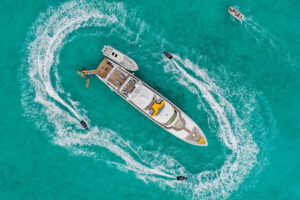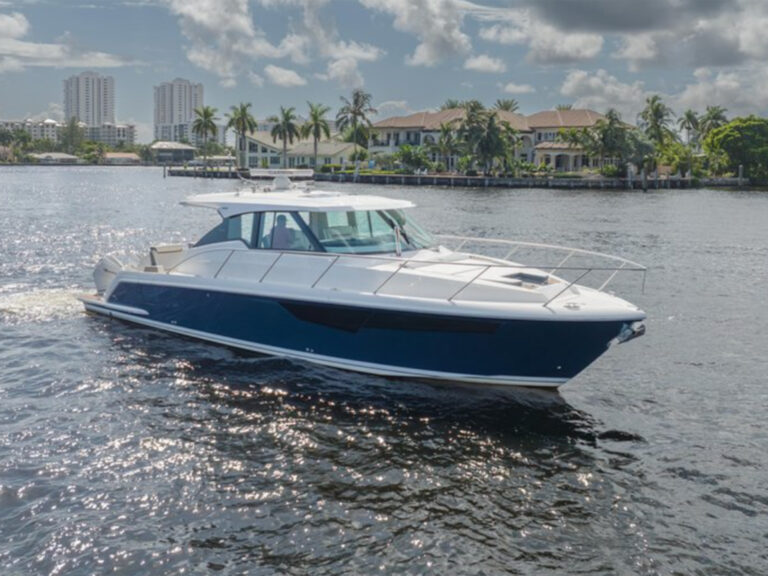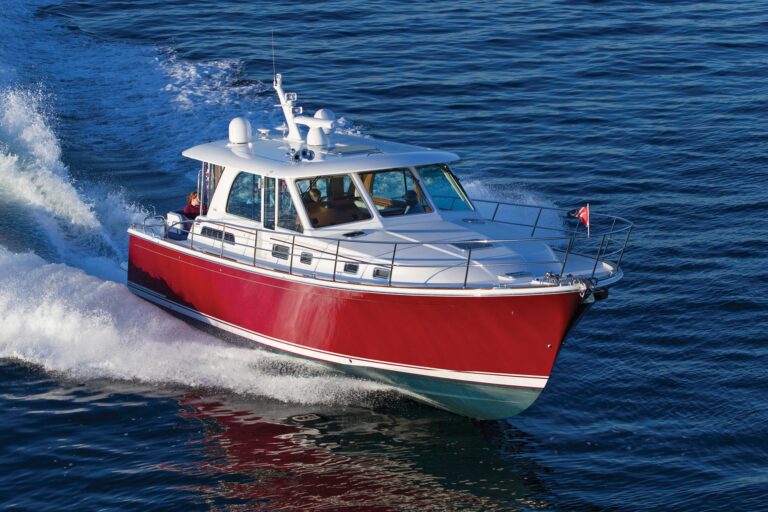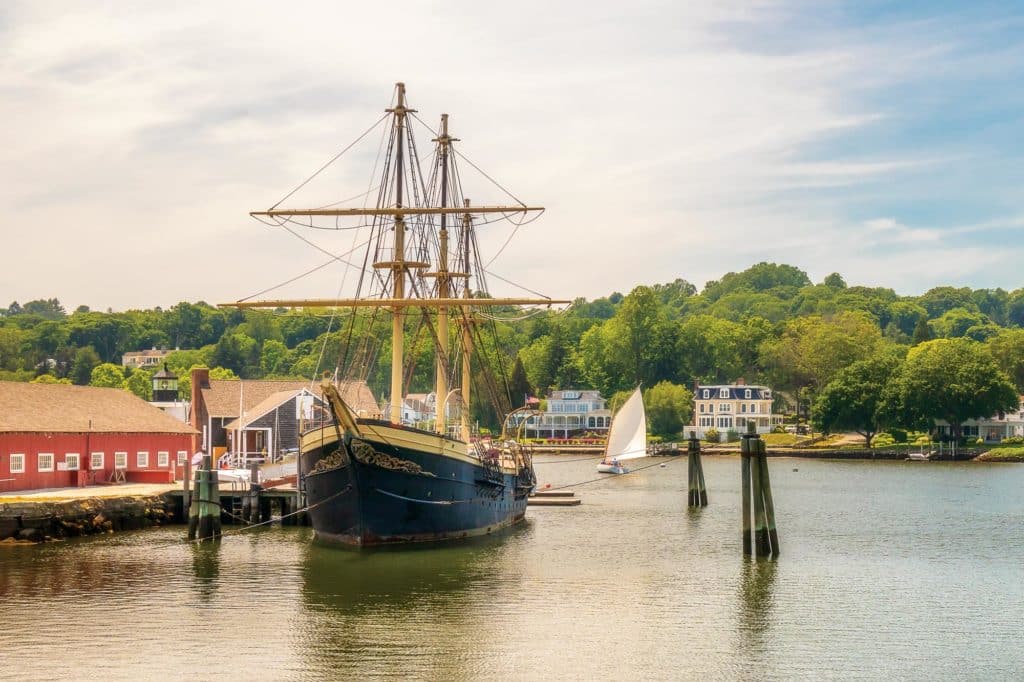
Before there was even a United States of America, there was a man named Deacon James Morgan. In 1712, he became owner of the land at the mouth of the Mystic River, a spot we know today as coastal Connecticut at the intersection with Long Island Sound. Morgan’s descendants—who spent their lives building ships and going to sea themselves—eventually sold the land to the federal government. The original Morgan Point Light was built in the early 1800s along with a keeper’s house of stone. A brighter lighthouse was established later that century, what with all the marine traffic in this part of the New World.
Today, the lighthouse is privately owned, so the best way to see it is by boat. It’s a landmark that helps mark the course toward the Mystic Seaport Museum, where boaters who tie up at the docks receive complimentary admission to the museum, its galleries and the historic vessels on site. They include Charles W. Morgan, which is the oldest of America’s commercial ships still afloat, built for use in the whaling fleet in 1841—just in time to make good use of Morgan Point Light’s brightly shining beam.
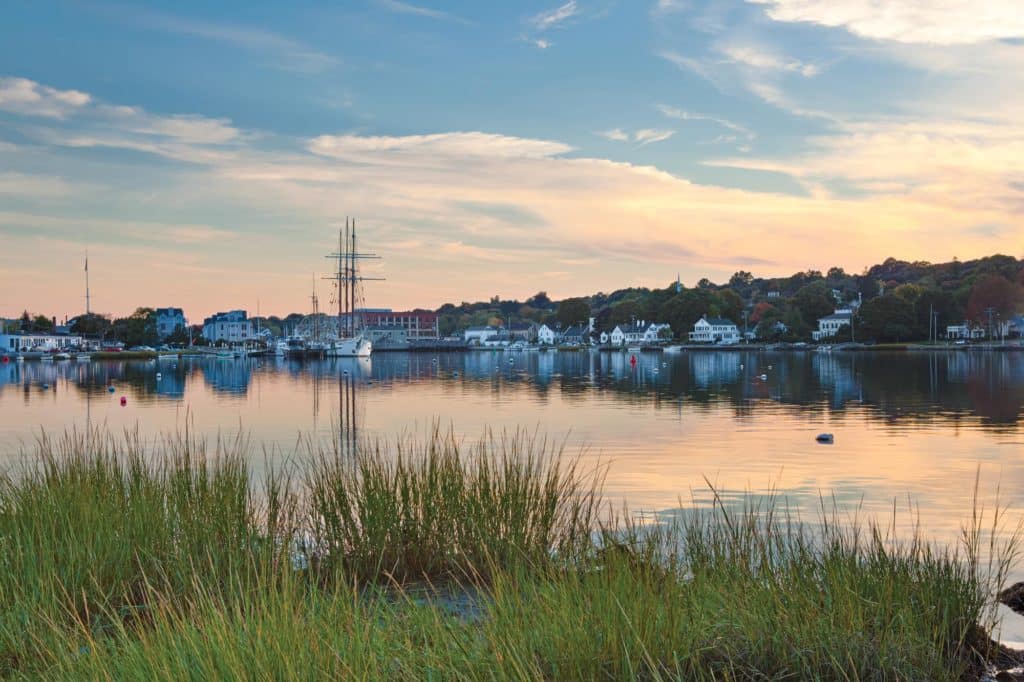
The village of Mystic also counts its history in centuries that date back to Morgan’s time, with the locals having built hundreds of ships starting in the late 1700s.
Today, tourism is the main draw, with dozens of shops, adorable inns, and restaurants that include Mystic Pizza, an eatery made famous in the 1988 Julia Roberts film.
Keep an eye out for plaques on the homes in Mystic if you hop off the boat to meander downtown. The plaques honor mariners who lived in this seafaring region from the start, and let you know which seamen’s footsteps you’re following today. Sometimes, a home has multiple histories; one house, for instance, was owned by a clipper ship captain and, later, a nuclear submarine captain.


